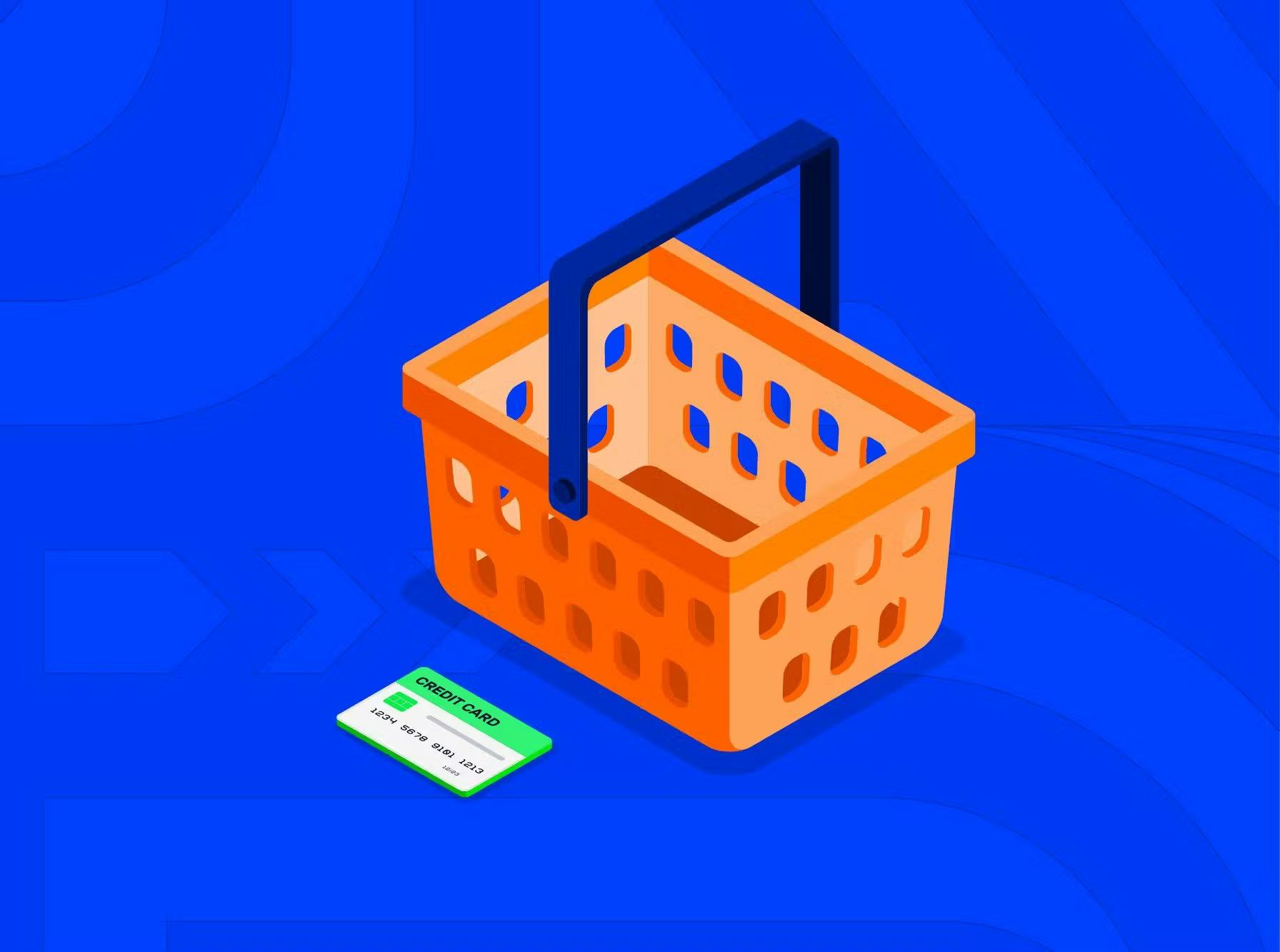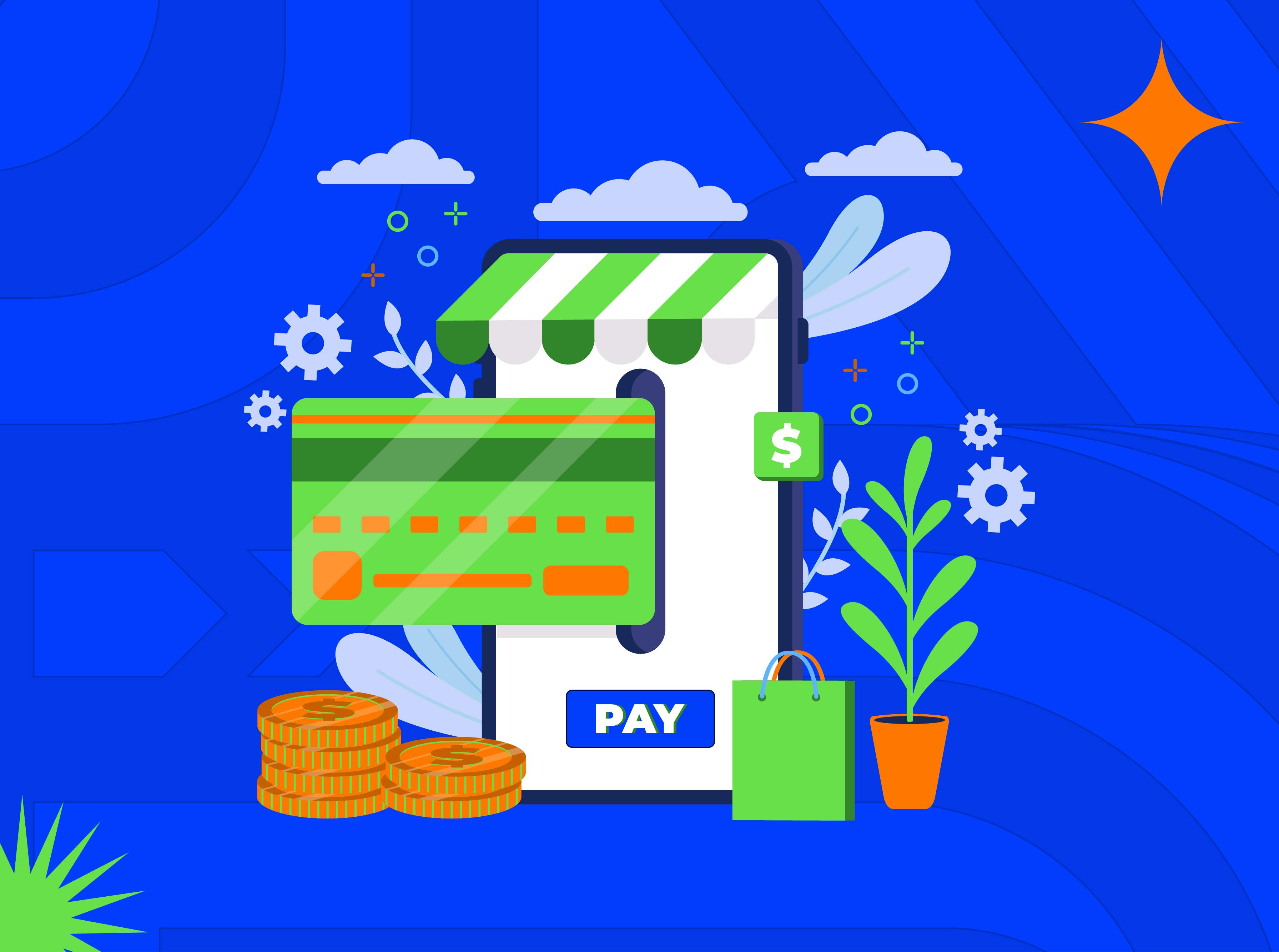All payment automation activities are geared towards making the online billing and payment processes more facile, affordable, and secure for businesses and end users. The impact of digitalization of this specific financial routine has transformed the industry due to its mere scale and frequency. Businesses issue invoices daily to clients, other businesses, and governmental institutions.
Speed of Payment Request and Processing
Time savings seep into the process on many levels: users can pick the right choice from multiple-choice options or use autosuggestions to type less. If you are dealing with a recurring invoice or a refund for a customer in the client database, most of the data fields will be already filled in.
Novice users don't need to find manuals on how to fill out the invoice correctly; they can just follow user-friendly wizards, prompts, and tooltip advice if the flow is unclear.
The shortcuts are just some minor ways to save time by switching to e-billing. The ability to register and process these electronic financial records any time on the go is what gives back the most time to entrepreneurs and end users alike.
Cost Savings on Processing, Labor, Logistics, Materials, and Fees
If comparing paper-based accounting processes with cloud-based invoicing, savings start with costs like paper, ink, postal expenses, and labor. But even if a business switches from electronic billing over emails and Excel sheets to using an online invoicing software solution, the financial gains are still numerous.
The processing is structured, systemized, and automated, requiring less personnel to manage the workload. Onboarding is easy and quick, too, which facilitates better team retention and fewer losses due to human errors. Most importantly, a robust digital payment system will have several providers, allowing them to save on commissions and fees.
Robust Security Features from Leading Tech Companies
Cloud technology itself is highly competitive, as AWS, GCP, and Azure are fighting for corporate clients. These technical giants offer next-gen cybersecurity mechanisms for their clients to enable the highest levels of protection from major known threats in line with OWASP's Top 10.
That said, payment system platforms and aggregators that use these cloud vendor giants' IaaS and PaaS services will add another level of protection to their respective end users, ensuring sensitive financial data stays encrypted and protected at all stages of its journey via multiple players of the payment ecosystem.
It's not uncommon for banking institutions to use a mix of private, industry, and public cloud infrastructure for processes of different levels of sensitivity.
Top Preparedness for Audit and Compliance
Regulations in finance and payment domains are strict, complex, and diverse depending on the geography. Cross-border payments are subject to even more rigorous legal frameworks than in individual countries.
Publicly traded businesses will undergo annual or quarterly audits to report to their stakeholders. Healthy and growing private businesses of all sizes will also make sure to go through an internal audit procedure to identify areas for improvement and optimization.
Cloud-based invoicing software enables the most robust auditing procedures due to data backups, archiving, monitoring, and compliance with international standards like PCI DSS, GDPR, HIPAA, NIIST, AML, and others.
Customization for Optimization and Branding
Many financial software products can be resold as white-label solutions. In this case, the possibility to use your brand colors, logo, and fonts, makes the software interface part of your digital brand experience.
On the other hand, not all businesses may use the entire assortment of technical tools included in the e-invoicing module, in which case the ability to pick and choose features can impact the cost and usability of the product.
Availability and Accessibility
While there is no expectation that a business translation will be honored outside of banking hours, the mere ability to request a payment or register an invoice 24/7 is a great commodity that is no more than a decade old.
The majority of the e-billing and invoicing software solutions will have a mobile app that allows users to create and send an invoice from their mobile device any time of the day.
Automation at the Core of the Business Processes
The majority of businesses have recurring clients and need to bill them every month. However, many of the processes in the e-billing routine are identical from one client to the other.
Robust payment platforms for businesses offer automation features that enable the smooth processing of repeat clients or recurring payments, saving teams a lot of time and effort.
Collaboration and Role-Based Access Rights
Cloud-based invoicing tools also enable team members and departments to collaborate on the same clients, deals, and invoices. This is convenient yet allows for full transparency and accountability due to the history of changes and RBA features.
Two-way Integration for Seamless Payment Processing
The benefits of streamlining the payment and invoicing processes in their digital form are further reinforced by the ability to automatically push all the processed data into respective systems. Due to the two-way sync of the data in integrated systems, businesses can avoid drawbacks of manual updates like tediousness, high probability of human error, labor cost, etc.
On an enterprise level, cloud invoicing software solutions will be integrated with accounting software, POS, CRM, ERP, HRM, BI tools, and more, depending on the industry.



 Most Popular Payment Methods in the World: Analysis by Markets
Most Popular Payment Methods in the World: Analysis by Markets How to Increase Conversions in an Online Store with a Checkout Page
How to Increase Conversions in an Online Store with a Checkout Page How Tranzzo Simplified the Payment Process for Tickets.ua
How Tranzzo Simplified the Payment Process for Tickets.ua Integrating Multiple Payment Methods: Challenges and Solutions
Integrating Multiple Payment Methods: Challenges and Solutions Abandoned Shopping Carts: Why Businesses Lose Revenue and How to Increase the Number of Successful Payments
Abandoned Shopping Carts: Why Businesses Lose Revenue and How to Increase the Number of Successful Payments

